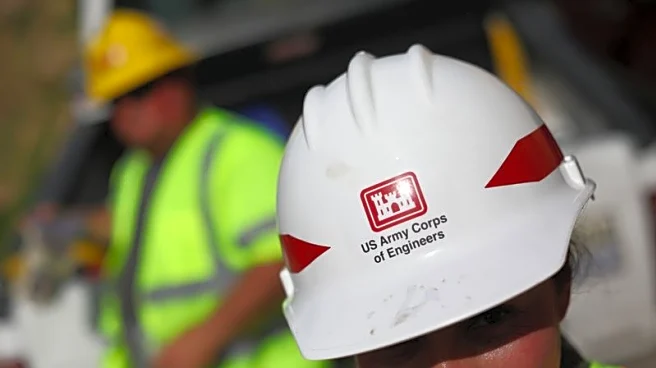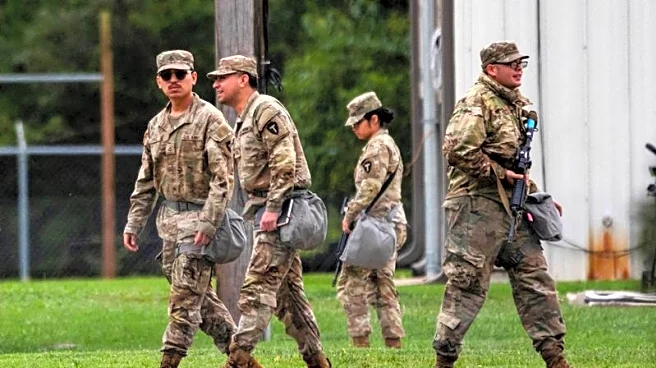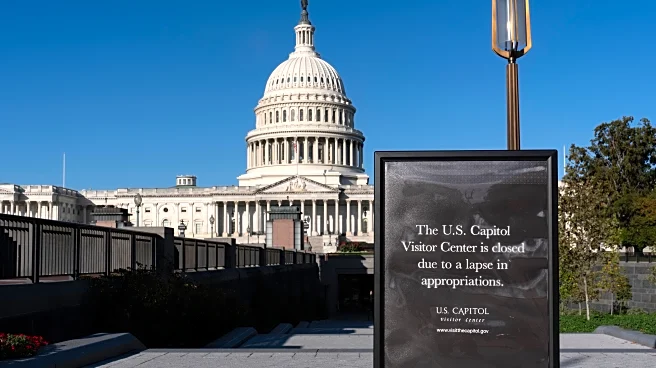What's Happening?
Across the United States, casual exercisers are increasingly participating in endurance events such as marathons, Ironmans, and Hyrox competitions. This trend has seen significant growth, with events like
the Boston Marathon and New York City Marathon reaching record numbers of applicants. Hyrox, a hybrid strength and cardio endurance competition, has expanded rapidly since its U.S. launch in 2019, growing from 260,000 participants last year to over 550,000 in 2025. These events attract a diverse group of participants, including teachers, accountants, and parents, who train rigorously and travel nationwide to compete. The rise in endurance sports is partly driven by the availability of wearable technology, which allows individuals to track and optimize their fitness routines, turning exercise into a competitive challenge against oneself.
Why It's Important?
The growing popularity of endurance events among everyday exercisers reflects a shift in fitness culture towards data-driven self-improvement and community engagement. This trend has implications for the fitness industry, as it may lead to increased demand for wearable technology, training programs, and event organization. The emphasis on personal achievement and community support offers a counterbalance to the pressures of modern work life, providing individuals with a sense of control and accomplishment. Additionally, the rise of female athletes in endurance sports challenges traditional gender norms and inspires broader participation, potentially influencing societal perceptions of women's capabilities in sports.
What's Next?
As the trend continues, we can expect further growth in endurance event participation, with more cities hosting competitions and expanding their offerings. Fitness companies may innovate new products and services to cater to this market, such as advanced wearables and personalized training plans. The community aspect of these events could lead to the formation of more local clubs and social groups, fostering a supportive environment for participants. Additionally, the focus on self-optimization may drive further research into the health benefits of endurance sports, influencing public health policies and initiatives.
Beyond the Headlines
The endurance sports boom highlights deeper cultural shifts, such as the prioritization of personal fulfillment over traditional career success. This movement may encourage individuals to seek balance between work and personal life, valuing experiences and achievements outside of professional settings. The trend also underscores the role of technology in transforming personal health management, as wearables become integral to fitness routines. As more people engage in endurance sports, there may be increased advocacy for improved infrastructure and safety measures to support these activities.














